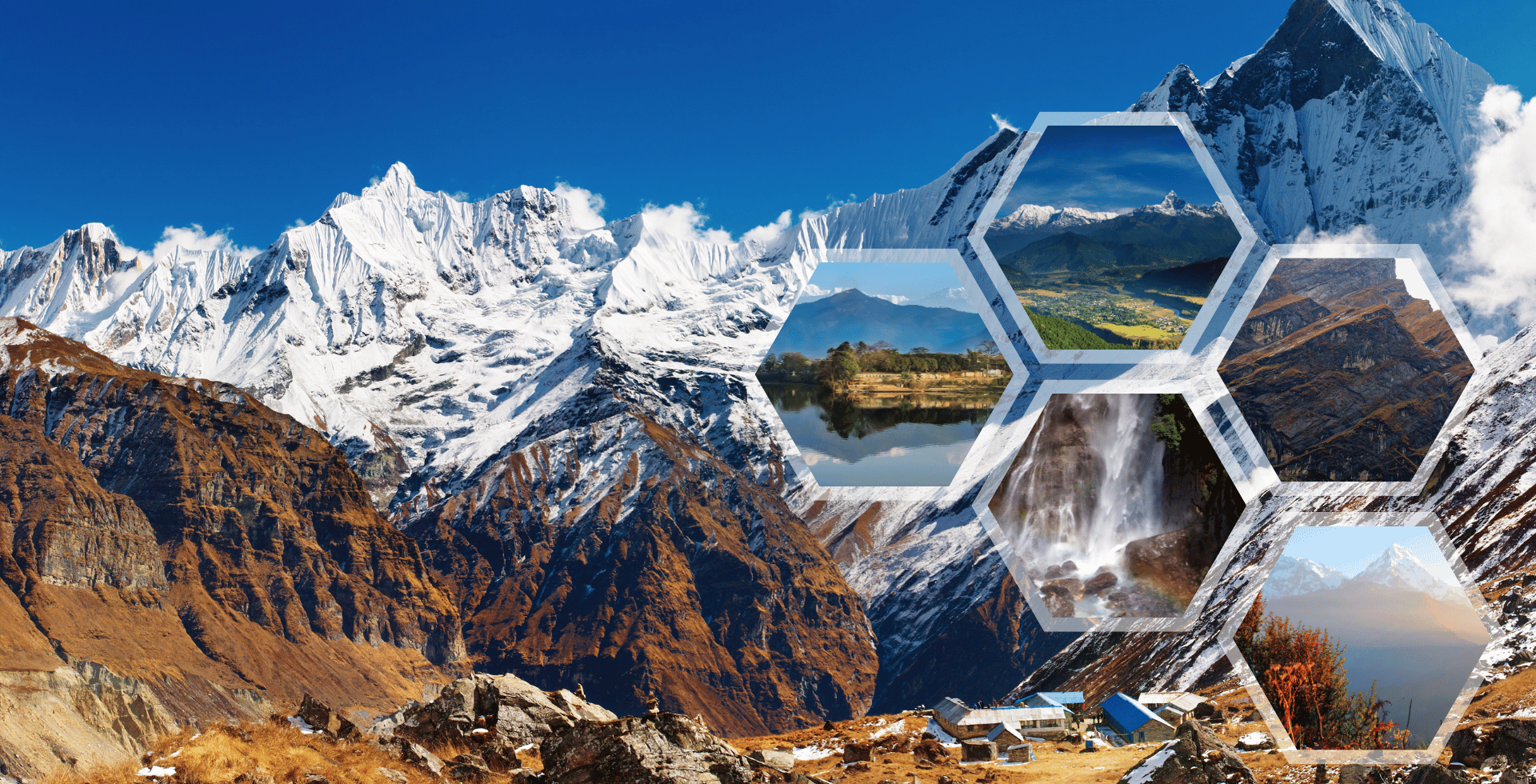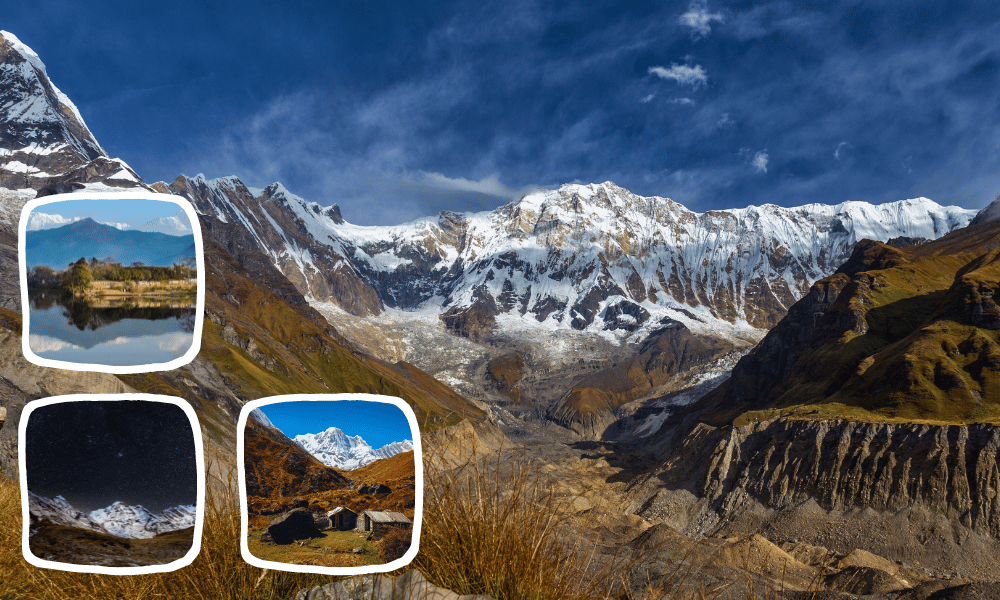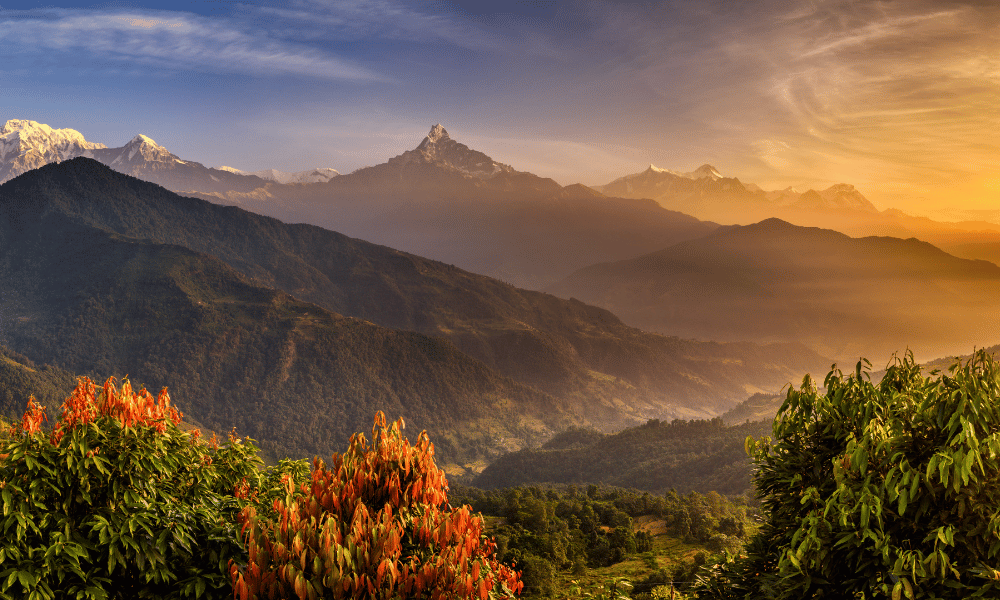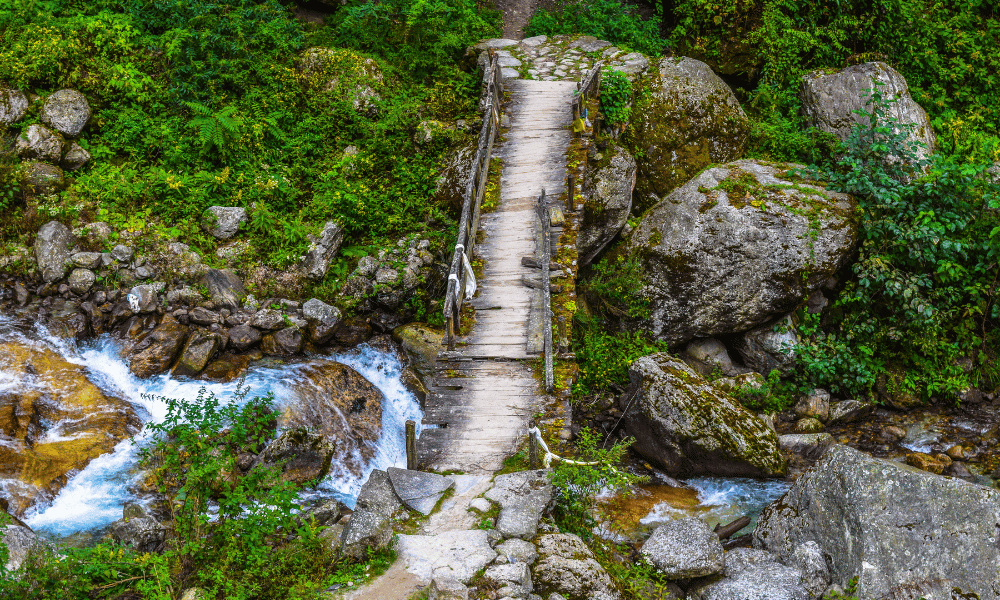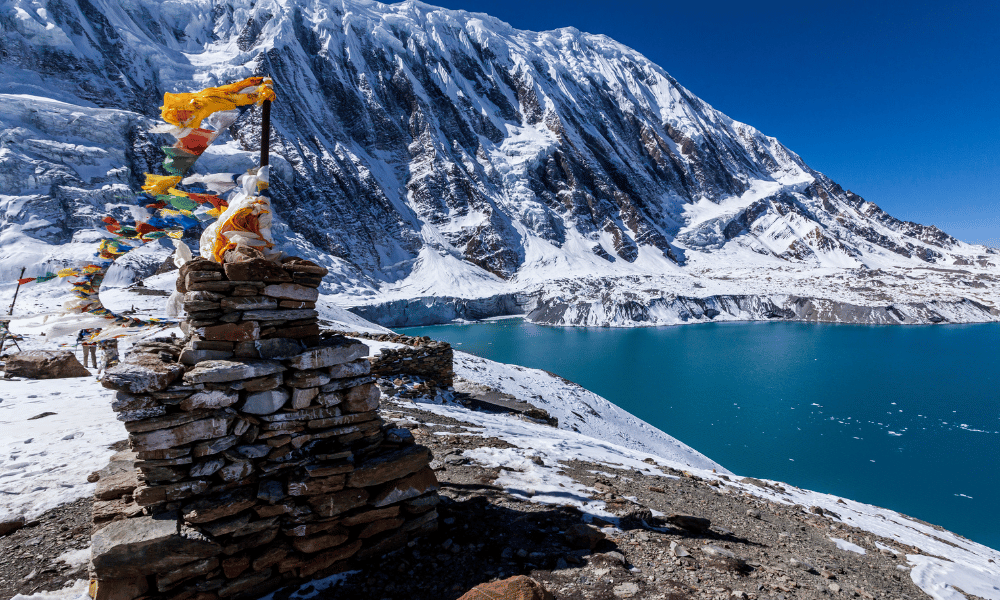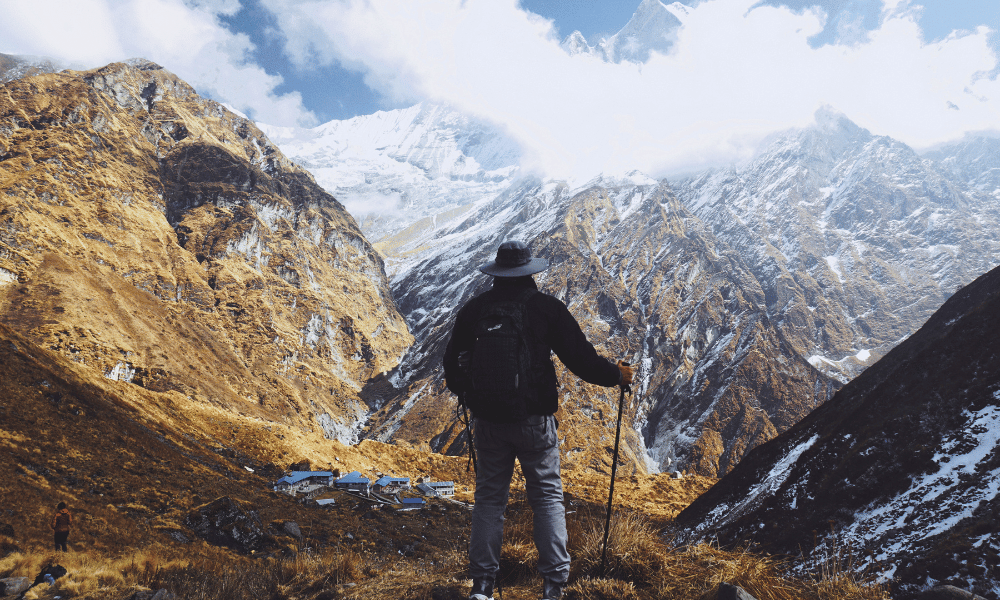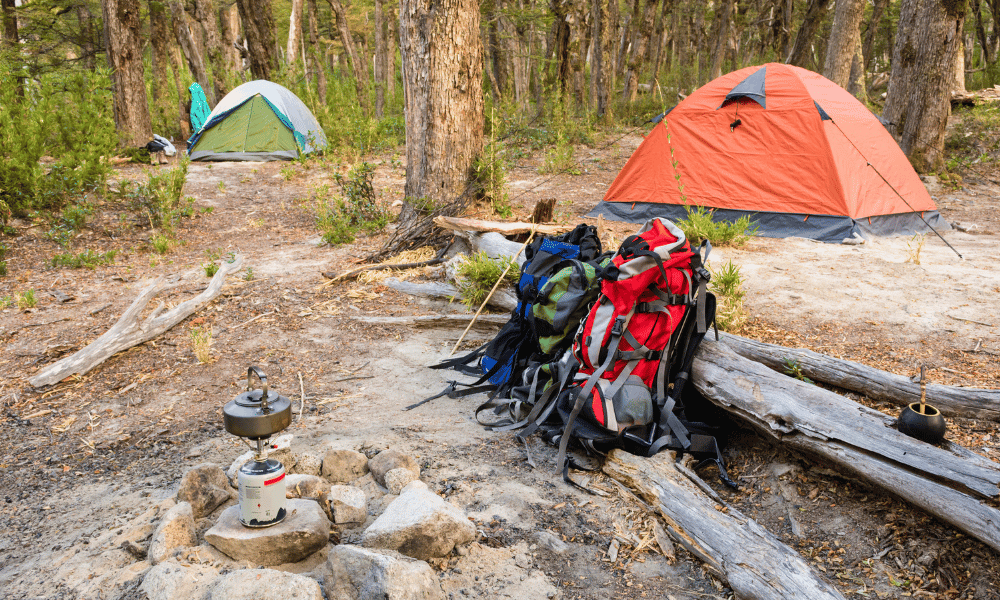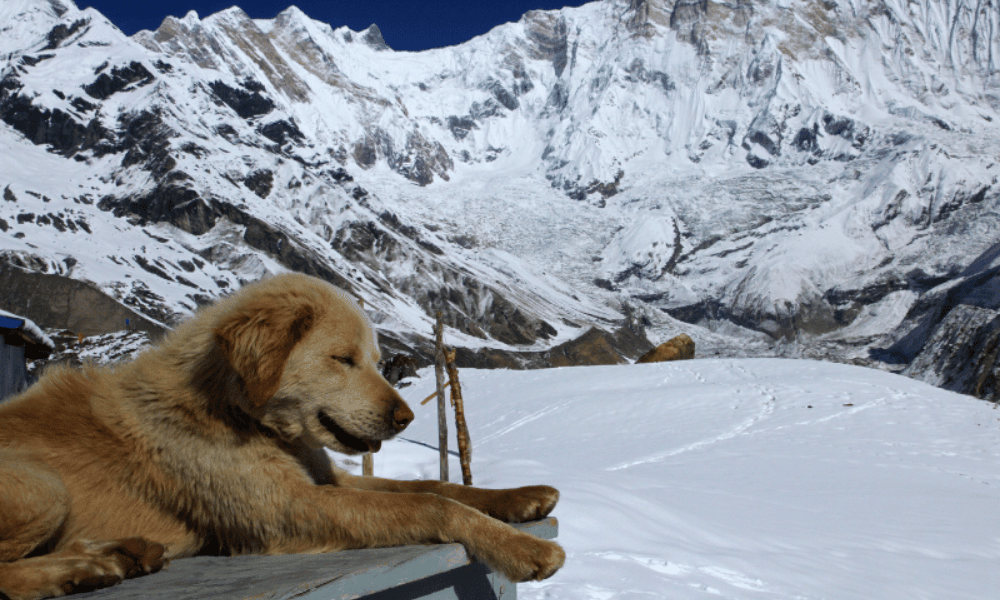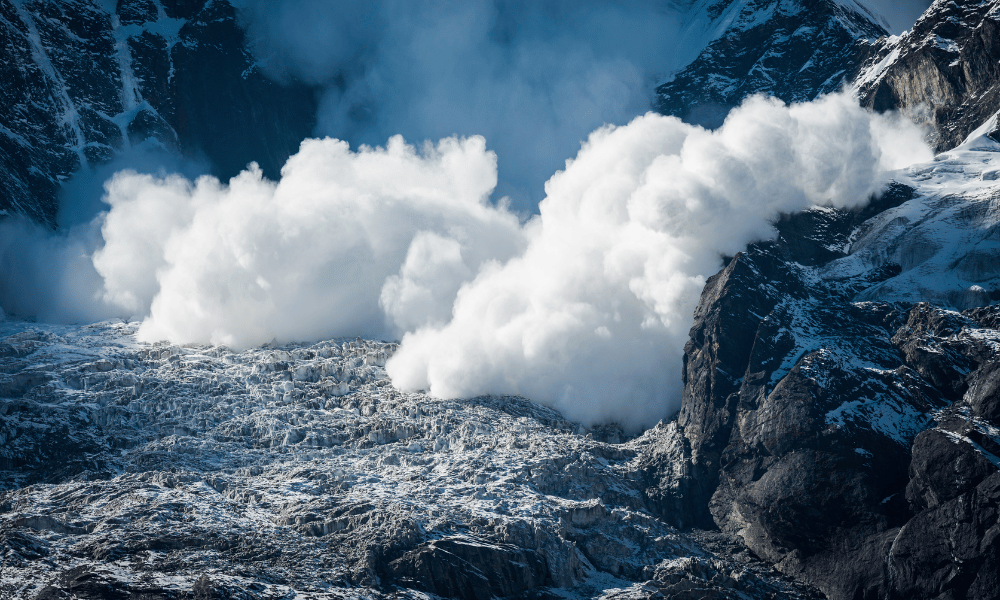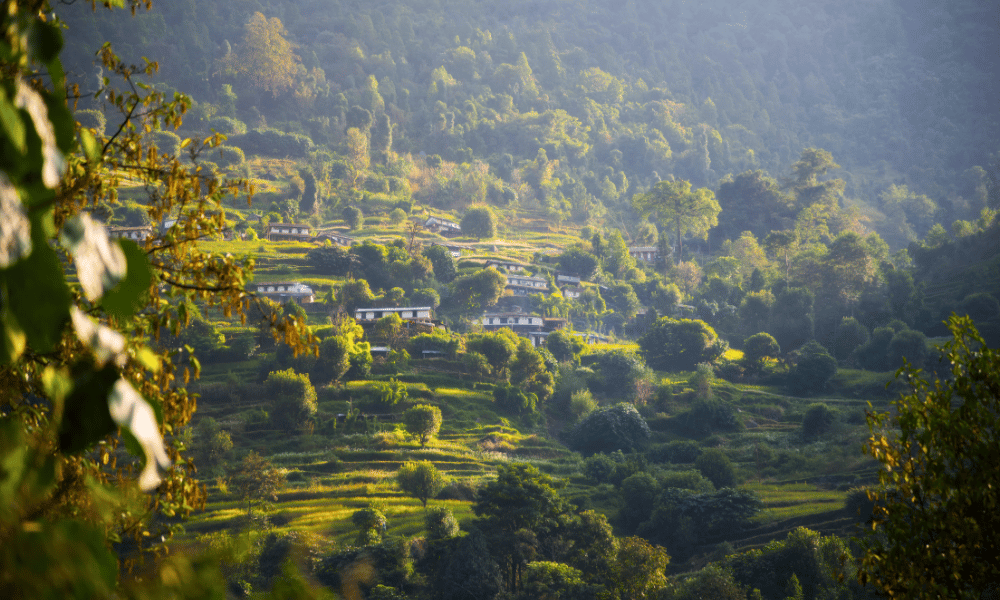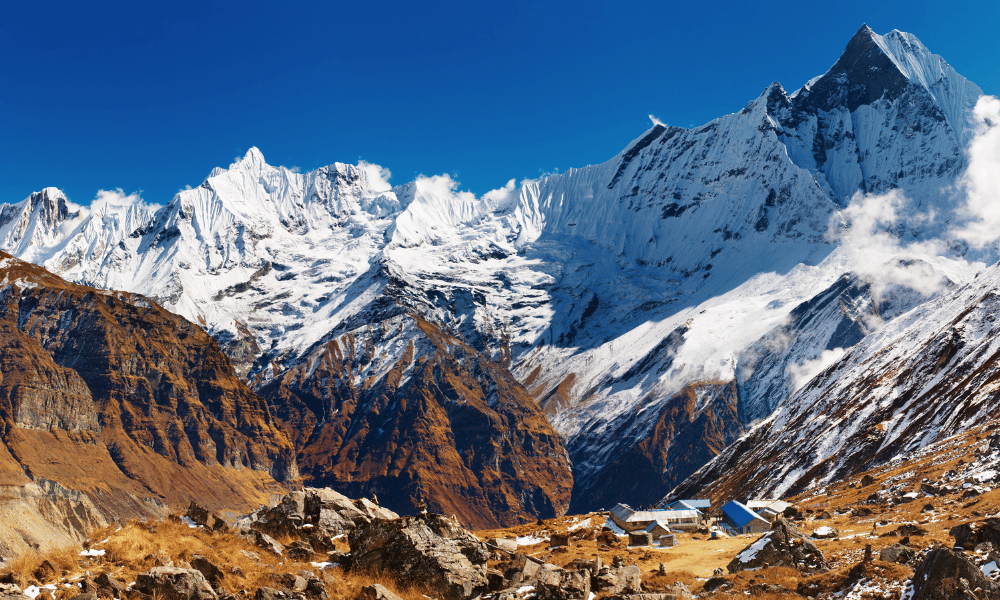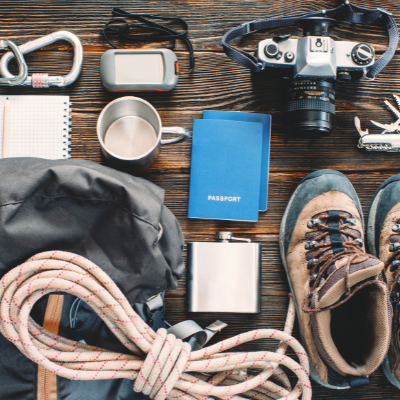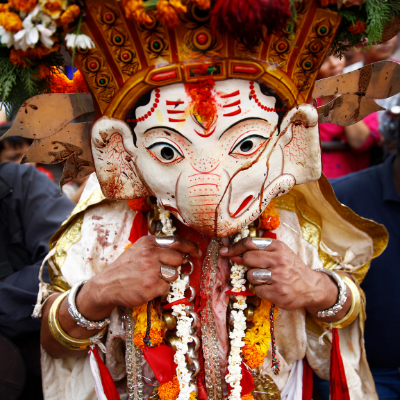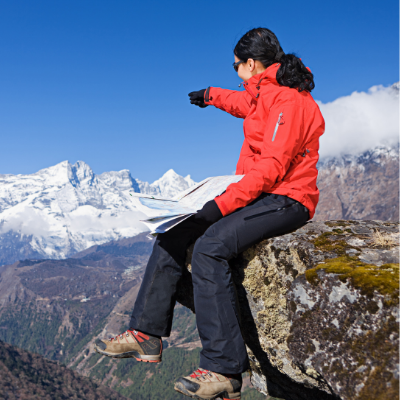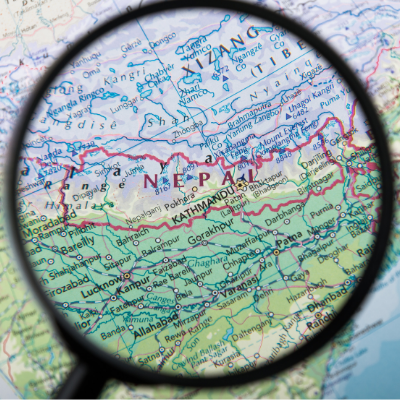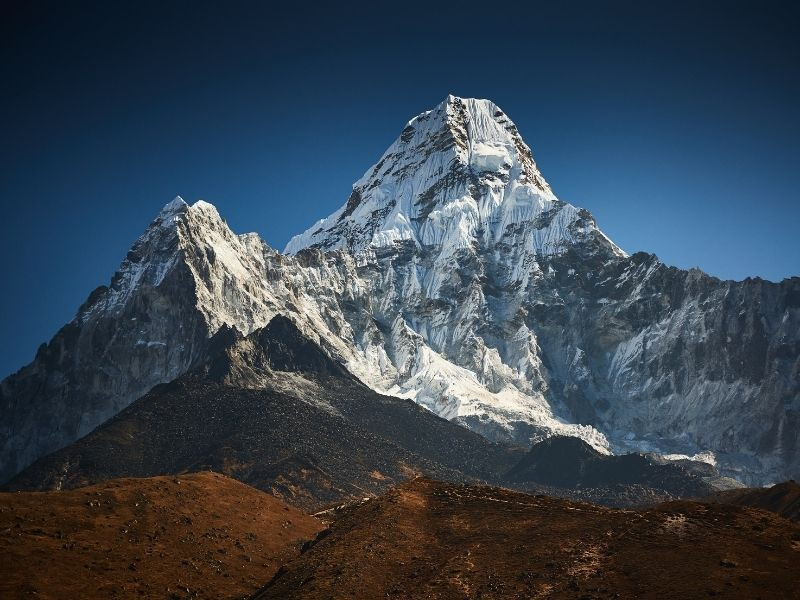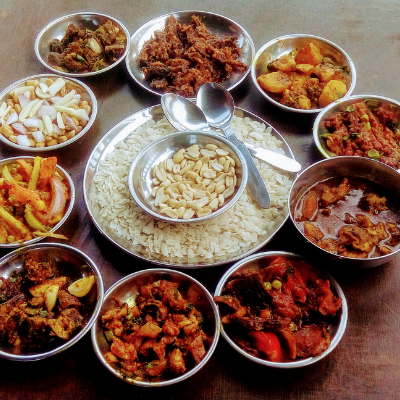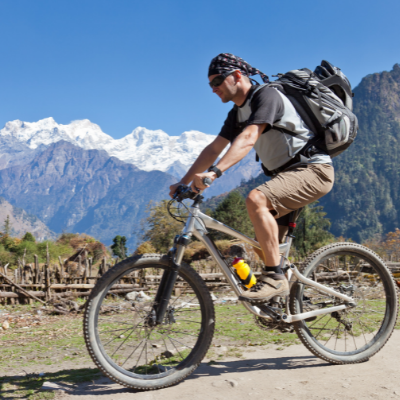The Annapurna region offers a variety of popular trekking and climbing routes that cater to different levels of experience and adventure goals. The Annapurna Circuit Trek, known for its diverse landscapes and cultural experiences, is a classic route that circumnavigates the Annapurna Massif. The Annapurna Base Camp Trek provides a more direct approach to the heart of the Annapurna Range, offering spectacular up-close views of the peaks. For experienced climbers, Annapurna climbing expeditions, such as ascending Annapurna I or other nearby peaks, present thrilling challenges and opportunities to test one's mountaineering skills amidst the breathtaking beauty of the Himalayas.
Annapurna Circuit Trek
The Annapurna Circuit Trek is a classic and diverse trek that takes you through a variety of landscapes, from lush subtropical valleys to arid high-altitude deserts. The trek circles the Annapurna Massif, providing breathtaking views of Annapurna I, II, III, and IV, as well as Dhaulagiri, Manaslu, and other surrounding peaks. The route passes through charming villages, terraced fields, and dense forests, offering a glimpse into the region's diverse flora, fauna, and culture.
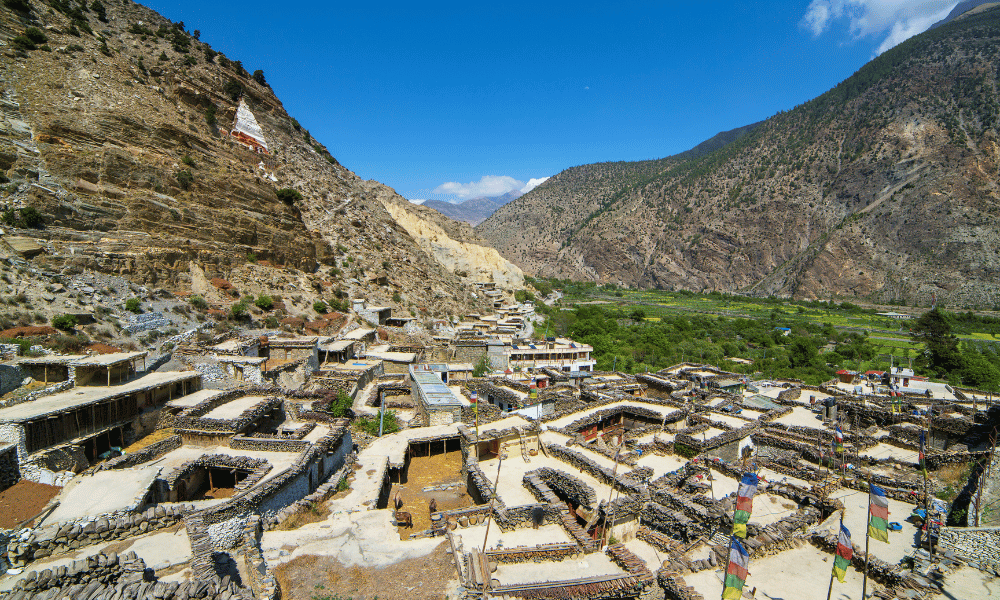
Highlights of the Annapurna Circuit Trek include:
-
The Thorong La Pass (5,416 meters / 17,769 feet): The highest point of the trek, offering stunning panoramic views of the Annapurna Massif and surrounding peaks.
-
Muktinath Temple: A sacred pilgrimage site for both Hindus and Buddhists, located at an altitude of 3,710 meters (12,171 feet).
-
Manang: A picturesque village with traditional stone houses, offering spectacular views of the Annapurna range and Gangapurna Glacier.
-
Marpha: A charming village known for its apple orchards and local apple brandy production.
-
Poon Hill: A popular viewpoint offering sunrise and sunset views of the Annapurna and Dhaulagiri ranges.
Duration, Difficulty, and Best Time to Go
The Annapurna Circuit Trek typically takes 12-21 days to complete, depending on the chosen itinerary and side trips. The trek is considered moderate to challenging, with daily walking times ranging from 5 to 8 hours and significant elevation gains and losses. Prior trekking experience and a good level of physical fitness are recommended.
The best time to undertake the Annapurna Circuit Trek is during the pre-monsoon season (March to May) and the post-monsoon season (September to November). These periods offer clear skies, stable weather, and optimal conditions for trekking. Avoid the monsoon season (June to August) due to heavy rainfall and the winter months (December to February) due to harsh weather and potential snow blockages at higher elevations.
Annapurna Base Camp Trek
The Annapurna Base Camp (ABC) Trek, also known as the Annapurna Sanctuary Trek, takes you deep into the heart of the Annapurna Massif, offering up-close views of Annapurna I, Annapurna South, Machhapuchhre (Fishtail), and Hiunchuli, among others. The trek follows a route through picturesque Gurung and Magar villages, terraced farmlands, and lush rhododendron and bamboo forests, leading to the Annapurna Base Camp, a natural amphitheater surrounded by towering peaks.
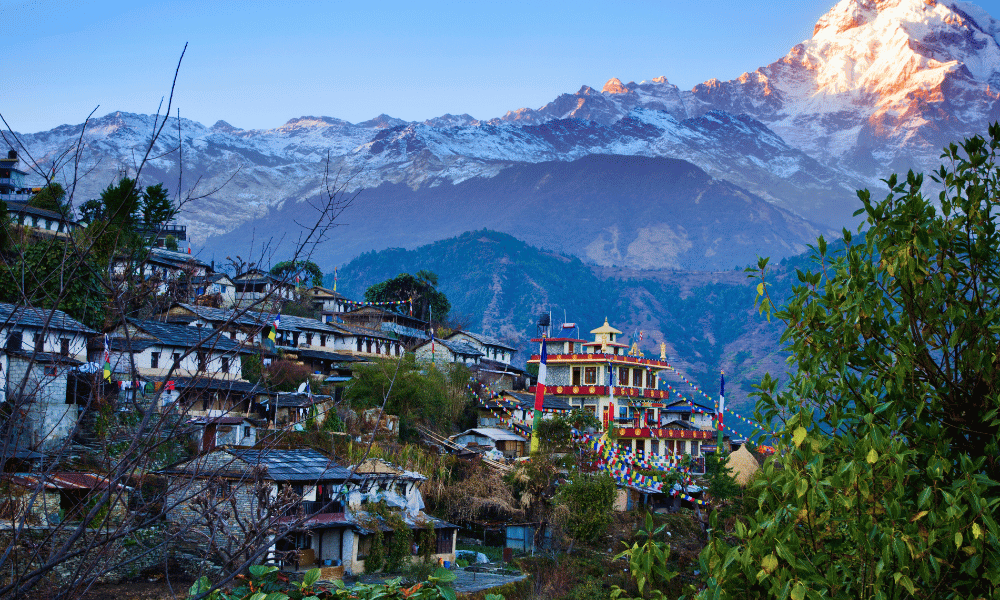
Highlights of the Annapurna Base Camp Trek include:
-
Annapurna Base Camp (4,130 meters / 13,550 feet): The final destination of the trek, offering a unique 360-degree panorama of the Annapurna range.
-
Machhapuchhre Base Camp (3,700 meters / 12,139 feet): A picturesque stop en route to Annapurna Base Camp, with close-up views of Machhapuchhre and Annapurna III.
-
Poon Hill (3,210 meters / 10,532 feet): A popular viewpoint for watching the sunrise over the Annapurna and Dhaulagiri ranges.
-
Ghandruk: A charming Gurung village known for its traditional architecture and rich cultural heritage.
-
Jhinu Danda: A small settlement famous for its natural hot springs, perfect for a relaxing soak after days of trekking.
Duration, Difficulty, and Best Time to Go
The Annapurna Base Camp Trek typically takes 7-12 days to complete, depending on the chosen route and pace. The trek is considered moderate, with daily walking times ranging from 4 to 7 hours and a maximum altitude of 4,130 meters (13,550 feet) at Annapurna Base Camp. Although no prior trekking experience is required, a reasonable level of physical fitness is recommended.
The best time to undertake the Annapurna Base Camp Trek is during the pre-monsoon season (March to May) and the post-monsoon season (September to November). These periods offer clear skies, stable weather, and the best trekking conditions. While it is possible to trek during the monsoon season (June to August) and the winter months (December to February), be prepared for wetter trails and possible snow at higher elevations, as well as colder temperatures and shorter days.
Annapurna I and other peaks
The Annapurna Massif is home to several peaks that attract climbers from around the world. Annapurna I (8,091 meters / 26,545 feet), the tenth highest mountain in the world and the highest peak in the Annapurna range, is considered one of the most challenging 8,000-meter peaks to climb due to its steep slopes, technical climbing sections, and high avalanche risk. In addition to Annapurna I, other popular climbing peaks in the region include Annapurna II (7,937 meters / 26,040 feet), Annapurna III (7,555 meters / 24,787 feet), Annapurna IV (7,525 meters / 24,688 feet), and Annapurna South (7,219 meters / 23,684 feet).
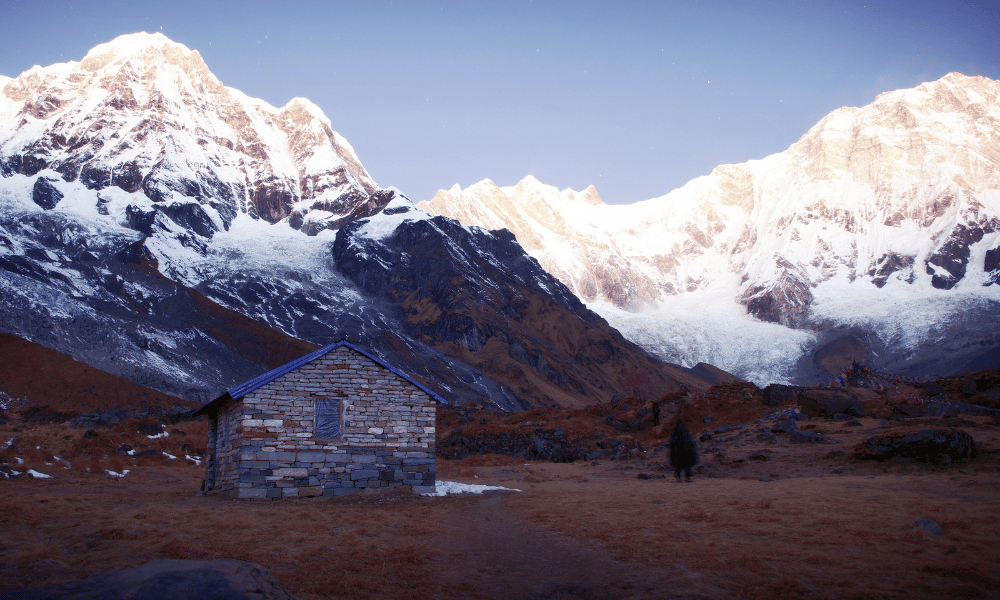
There are also several trekking peaks in the Annapurna region suitable for climbers with less experience or those looking for a less demanding climbing objective. These include Pisang Peak (6,091 meters / 19,983 feet), Chulu East (6,584 meters / 21,601 feet), and Chulu West (6,419 meters / 21,059 feet).
Route Options, Difficulty, and Success Rates
Climbing routes and difficulty levels vary across the peaks in the Annapurna region. The most common route to summit Annapurna I is the North Face route, also known as the Dutch Ridge or the Original Route, first successfully climbed by Maurice Herzog and Louis Lachenal in 1950. This route is considered extremely challenging, with a high level of technical climbing, exposed sections, and a significant risk of avalanches and other objective hazards. Success rates on Annapurna I are relatively low compared to other 8,000-meter peaks, and the mountain has a high fatality rate.
For less experienced climbers, the trekking peaks in the region offer more accessible climbing objectives. Routes on these peaks are generally less technical and demanding but still require proper acclimatization, physical fitness, and basic mountaineering skills. Success rates on trekking peaks vary depending on the specific peak, route conditions, and the climber's experience and preparation.
Regardless of the peak, it is crucial to hire a reputable guide or join an experienced climbing team, adhere to proper acclimatization protocols, and prepare thoroughly to maximize your chances of success and ensure a safe climbing experience.



